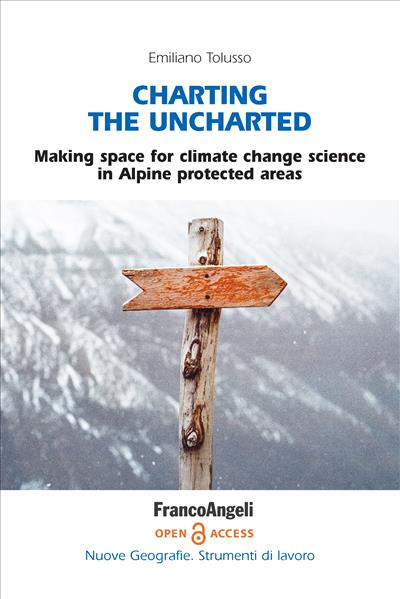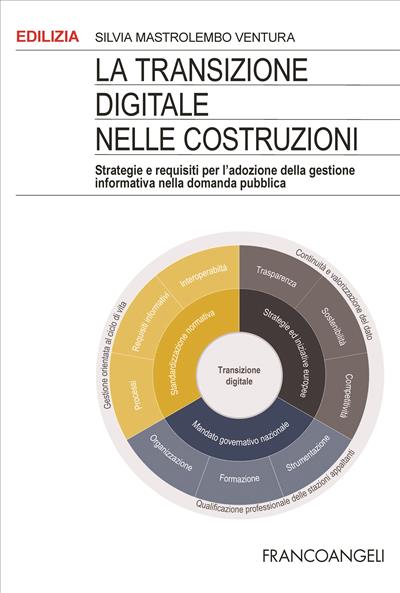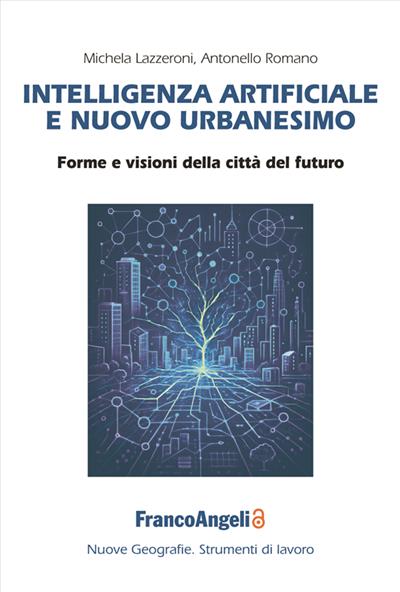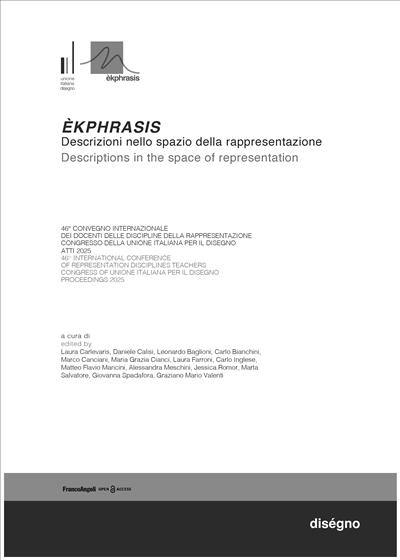
Charting the uncharted
Making space for climate change science in Alpine protected areas
Protected areas are among the most common and successful instruments for conserving the environmental features of different regions. However, climate change is leading the scientific community to a turning point in designing conservation plans and practices: protected areas cannot held climate change on the edge of their borders, but need adaptation pathways to the new climatic conditions. Building on the literature inherited by the field of the geography of science, the research experiments an array of computational and qualitative methodologies to reconstruct the landscape of science making in protected areas. The final goal is to shed light on the geography of scientific information that shapes the Alps, one of the most crucial conservation regions in Europe, in the face of the looming changes that global warming entails.
Pagine: 202
ISBN: 9788835114161
Edizione:1a edizione 2020
Codice editore: 11111.4
Informazioni sugli open access




